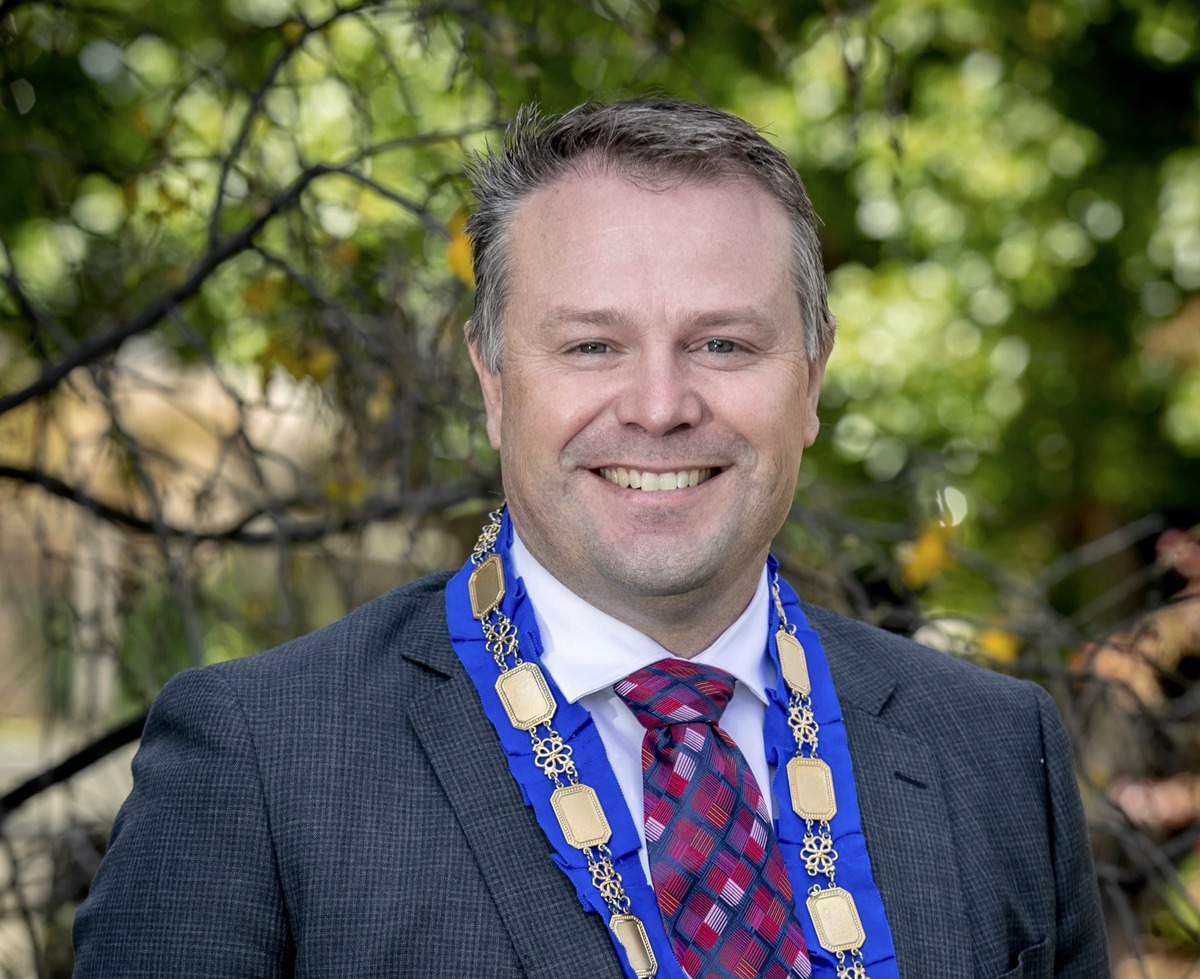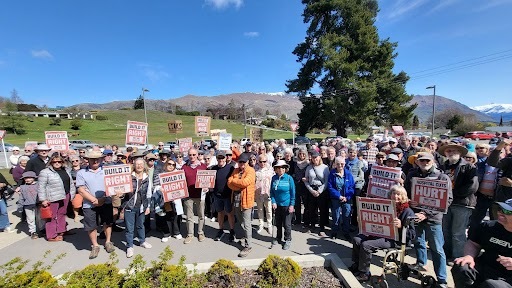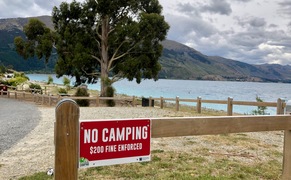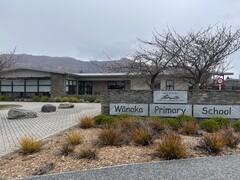Mayor ‘positive’ about Dunedin Hospital, regional health care
Sue Wards
03 October 2024, 4:06 PM
 Glyn Lewers: Hospital planning was ‘Dunedin-centric’. PHOTO: Supplied
Glyn Lewers: Hospital planning was ‘Dunedin-centric’. PHOTO: SuppliedQueenstown Lakes District Council (QLDC) mayor Glyn Lewers says he is “very positive” the Dunedin Hospital will be built, and also “encouraged that there is a medium to long term focus of the needs in inland Otago”.
Glyn took part in a Zoom meeting with Health New Zealand/Te Whatu Ora Infrastructure head Blake Lepper, and mayors from other districts and chairs of regional councils on Monday (September 30).
The meeting followed an announcement from the government last week that current plans for Dunedin Hospital can not be delivered on the allocated $1.88B budget. The announcement led to marches in Otago - including Wānaka - where protesters voiced their dissatisfaction at the possibility of a scaled-back hospital.
Glyn told the Wānaka App the mayors were told $1.88B was the target cost for the hospital, and that Te Whatu Ora’s infrastructure team is trying to set targets within that budget.
The scaling back option is “well down the bottom of the options”, Glyn said.
“They made it very clear there is a clinical bottom line they are not going under.”
“It’s obvious that expectations were raised [by politicians] during the campaign period and promises were made… and they have walked them back,” he said.
“But there’s also a realisation that the way the procurement has gone ... has led to the point where the government has risked the further escalation of price and ‘scope creep’...,” he said.
Nonetheless, he felt “a lot more confident” after the meeting that the new Dunedin Hospital will be built, “but it may not be the same” as anticipated.
How did we get here? ‘Dunedin-centric’ planning
Glyn said a common theme from Monday’s discussion was that “demand modelling and growing need in Otago was not accounted for as it should have been”.
More bluntly, he said: “I got the impression it was a very Dunedin-centric view of the world and that was one of the drawbacks of the hospital. They needed more regional data feeding into it.”
Glyn said health minister Shane Reti recently told TVNZ that population growth in Otago was “unknown” when planning for the hospital upgrade began.

More than 300 people protested a scaled-down proposal for Dunedin Hospital in Wānaka on the weekend. PHOTO: Wānaka App
For anyone who has lived in the Southern Lakes for more than a decade, that seems an extraordinary claim. Currently, Queenstown Lakes and Central Otago’s combined resident-only population is 79,000, which is similar in size to Palmerston North. Visitors to the region increase the population, and need, substantially.
Queenstown Lakes has been the fastest growing area in New Zealand for many years and has had a population increase of eight percent in the last year alone; Central Otago is the third fastest-growing region.
Glyn pointed out that the Ministry of Health has “only started talking” to the Queenstown Urban Growth Partnership (which undertakes a form of spatial planning), while, for example, the Ministry of Education appears to have taken “a more data and evidence-based approach to decision making”, he said.
“Health is extremely politicised,” he said.
In addition, while much planning had been undertaken for outpatient services in Dunedin, there was “a bit more work to be done” for inpatients, Glyn said. “If we turn the clock back six or seven years, decisions would be different, even coming down to site selection.”
Silver lining for Southern Lakes?
Health NZ has now acknowledged the growth in the Queenstown Lakes district, which Glyn said was “an important step”
“There’s a realisation that secondary services that are closer to home will take pressure off Dunedin.
Under the old District Health Board (DHB) system, health officials thought Queenstown and Wānaka could be served by Dunedin, he said.
While Dunedin will always be a tertiary base hospital for those specialist care requirements, the removal of DHB boundaries now means Christchurch [and Timaru] Hospital is also an option for residents of the Upper Clutha, he said.
“Those artificial cost barriers have been broken.”
Health officials are also now “looking at more up to date data, they’re looking at different ways of procuring”, Glyn said.
“Hopefully over time you’ll see a better efficient use of space (across Otago).”
That prospect may include plans being worked on by a group of mayors and members of parliament (MPs), comprising Glyn, Central Otago mayor Tim Cadogan, Waitaki MP Miles Anderson, Southland MP Joseph Mooney, and NZ First List MP Mark Patterson.
Joseph Mooney has been leading the project with the help of Queenstown business management consultant Helen Foot.
Progress on mayors’ strategic health plan
Glyn said that project, which involves a public/private health partnership, aims to present a strategic plan to ministers at the end of this calendar year.
Miles told the Wānaka App in April the project was “not about building a big building, it’s about utilising everything that’s here”, citing, for example, that maternity services could take place in Wānaka, surgery in Clyde, and renal services in Naseby - using existing staff.
The Wānaka App asked Glyn if he was confident the project would yield results which would improve access to health care for Queenstown Lakes residents.
“I’m pleased with it,” he said. “It has brought together all the data. Whatever the outcome, it’s brought us all together, iwi, both districts, we know what the need is. It will drive an outcome,” he said, adding he wasn’t sure what that outcome would be.
Te Whatu Ora has “taken a step back” in the project, which was “a bone of contention”, Glyn said. “They’re going through a pretty tough time at the moment… That doesn’t mean we don’t talk to them.”
But he was more confident about Te Whatu Ora’s understanding and acknowledgement of the regional need: “They are more aware of demands and needs of where the population base is. Health NZ is slowly getting a little more data driven .. instead of politics.”
And, Glyn said: “We’re getting to a size now where we can’t be ignored anymore.”
NEWS







